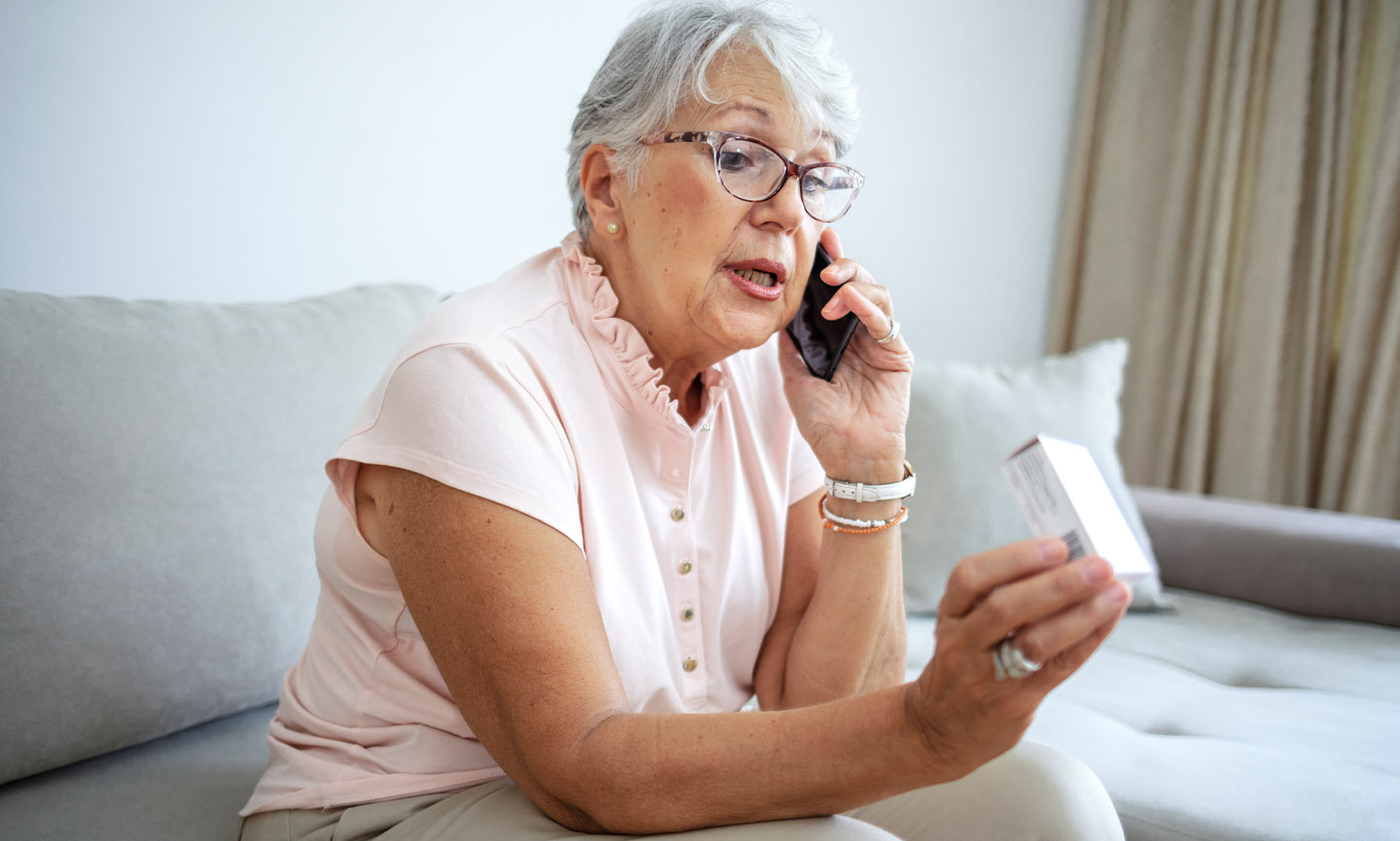Beyond RPM Device Distribution: Leveraging Tech-enabled Clinical Services for Chronic Conditions
During Healthcare Innovation’s Virtual Care Summit, Editor-in-Chief Mark Hagland discussed remote monitoring technology with Dr. Paul Helmuth, MD.
Helmuth and Hagland agree that remote patient monitoring (RPM) technology is necessary, but our healthcare approach needs more of this technology for successful population health management. Delivering technology-enabled clinical services offers the potential for improving care team efficiency and overall clinical quality.
Watch the complete video below or explore discussion topics with included timestamps.
00:30 — About Dr. Paul Helmuth
2:22 — What is RPM?
3:34 — RPM’s role in growing telehealth practices
6:20 — How RPM improves patient outcomes and measuring the return on investment (ROI) for remote patient management
9:22 — The types of patients who benefit from RPM and how to engage with them
11:41 — The approach to staffing for patient management
16:06 — Managing chronic care in teams and the shift in physician culture
21:14 — Evaluating remote monitoring programs when deciding whether or not to pursue them
24:07 — RPM’s evolution in the next few years
25:56 — Advice for remote monitoring programs
RPM and Its Contribution to Patient Care
Dr. Helmuth and Mark Hagland’s discussion captures how RPM contributes to the healthcare industry and how we can enact these programs for more effective care. Several elements play a role in remote monitoring programs, from patient engagement to physician collaboration. Understanding these elements can help care providers deliver more effective chronic care management (CCM).
Take a closer look at some of the factors Dr. Helmuth highlights:
- Technology: Remote monitoring devices are essential to these programs, but they need to offer the right features. Clinical services for chronic conditions support people of all ages, and the included technology should be accessible to anyone. Dr. Helmuth highlights the importance of simplicity and how features like phone app connections may make these devices more complicated than they need to be.
- Patient engagement: One of the biggest challenges of patient care is enforcing accountability for personal health outside the doctor’s office. Patients may make it to their appointments, but physicians lack oversight once they leave. RPM can help patients engage with their care management plans by providing clear health performance indicators. Active physiological metrics, paired with ongoing interaction with care teams, give patients the support they need to improve their health outcomes.
- Physician collaboration: Remote monitoring programs typically encompass physician teams dedicated to patient care. While physicians are accustomed to working independently, these care teams give patients access to the expertise they need for effective health management. For these care teams to be beneficial, physicians need to collaborate with one another and develop defined approaches to patient care.
As more healthcare organizations adopt remote patient monitoring, addressing these factors can encourage successful long-term programs.
Explore TimeDoc Health’s Solution
At TimeDoc Health, our RPM solution includes user-friendly devices, electronic health record (EHR) integration and automatic data collection. With easy-to-read graphs and charts for data collection and customizable alert settings, care teams can drive clinical outcomes and provide seamless continuity of care.
RPM technology is essential for driving remote monitoring programs. TimeDoc Health offers an intuitive and easy-to-use solution. Request a demo today.

